Methotrexate Information
Pronunciation
(meth oh TREKS ate)
What is this drug used for?
– It is used to treat cancer.
– It is used to treat some types of arthritis.
– It is used to treat psoriasis.
– It may be given to you for other reasons. Talk with the doctor.
Possible side effects
Methotrexate may cause side effects. Tell your doctor if any of these symptoms are severe or do not go away:
– Upset stomach or throwing up.
– Not hungry.
– Hair loss.
– Feeling dizzy, tired, or weak.
– Stomach pain.
– Signs of a common cold.
Some side effects can be serious. If you experience any of these symptoms, call your doctor immediately or get emergency medical treatment:
– Signs of an allergic reaction, like rash; hives; itching; red, swollen, blistered, or peeling skin with or without fever; wheezing; tightness in the chest or throat; trouble breathing, swallowing, or talking; unusual hoarseness; or swelling of the mouth, face, lips, tongue, or throat.
– Signs of infection like fever, chills, very bad sore throat, ear or sinus pain, cough, more sputum or change in color of sputum, pain with passing urine, mouth sores, or wound that will not heal.
– Signs of bleeding like throwing up or coughing up blood; vomit that looks like coffee grounds; blood in the urine; black, red, or tarry stools; bleeding from the gums; abnormal vaginal bleeding; bruises without a cause or that get bigger; or bleeding you cannot stop.
– Signs of a pancreas problem (pancreatitis) like very bad stomach pain, very bad back pain, or very bad upset stomach or throwing up.
– Signs of kidney problems like unable to pass urine, change in how much urine is passed, blood in the urine, or a big weight gain.
– Signs of liver problems like dark urine, feeling tired, not hungry, upset stomach or stomach pain, light-colored stools, throwing up, or yellow skin or eyes.
– Signs of lung or breathing problems like shortness of breath or other trouble breathing, cough, or fever.
– Signs of nerve problems like a burning, numbness, or tingling feeling that is not normal; weakness; or not being able to move a part of the body (paralysis).
– Pinpoint red spots on the skin.
– Very bad dizziness or passing out.
– Seizures.
– Feeling confused.
– Feeling sleepy.
– Change in eyesight.
– Bone pain.
– Swelling, warmth, numbness, change of color, or pain in a leg or arm.
– Weakness on 1 side of the body, trouble speaking or thinking, change in balance, drooping on one side of the face, or blurred eyesight.
– Headache.
– Neck stiffness.
Medication Safety Issues
Sound-alike/look-alike issues:
Methotrexate may be confused with mercaptopurine, methylPREDNISolone sodium succinate, metOLazone, metroNIDAZOLE, mitoXANTRONE, MXT Patch, PRALAtrexate.
Trexall may be confused with Paxil.
High alert medication:
The Institute for Safe Medication Practices (ISMP) includes this medication among its list of drugs which have a heightened risk of causing significant patient harm when used in error.
Administration issues:
Errors have occurred (resulting in death) when methotrexate was administered as ?daily? dose instead of ?weekly? dose recommended for some indications. The ISMP recommends hospitals use a weekly dosage regimen default for oral methotrexate orders in electronic order entry systems, with a hard stop verification required of appropriate oncology indication for daily orders; manual systems should require clarification of an oncology indication prior to dispensing oral methotrexate for daily administration. Provide patient and/or caregiver education for patients discharged on oral methotrexate (ISMP 2018).
Intrathecal medication safety:?The American Society of Clinical Oncology (ASCO)/Oncology Nursing Society (ONS) chemotherapy administration safety standards (Jacobson 2009) encourage the following safety measures for intrathecal chemotherapy:
– Intrathecal medication should not be prepared during the preparation of any other agents.
– After preparation, keep in an isolated location or container clearly marked with a label identifying as “intrathecal” use only.
– Delivery to the patient should only be with other medications also intended for administration into the central nervous system.
Other safety concerns:
MTX is an error-prone abbreviation (mistaken as mitoxantrone or multivitamin).
International issues:
Trexall [US] may be confused with Trexol brand name for tramadol [Mexico]; Truxal brand name for chlorprothixene [multiple international markets].
Product Availability
RediTrex (methotrexate injection): FDA approved November 2019; anticipated availability is currently unknown. Information pertaining to this product within the monograph is pending revision. Consult the prescribing information for additional information.
Storage and Stability
Injection:?Note:?Follow USP 797 recommendations for beyond use dates based on the level of risk for preparation.
IV: Store intact vials and autoinjectors between 20?C and 25?C (68?F and 77?F); excursions may be permitted between 15?C and 30?C (59?F and 86?F). Protect from light. Solution diluted in D5W or NS is stable for 24 hours at room temperature (21?C to 25?C).
Intrathecal: Intrathecal dilutions are preservative free and should be used as soon as possible after preparation. After preparation, store intrathecal medications (until use) in an isolated location or container clearly marked with a label identifying as “intrathecal” use only.
Oral:
Tablets: Store between 20?C and 25?C (68?F and 77?F). Protect from light.
Oral solution: Store at 2?C to 8?C (36?F to 46?F) in a tightly closed container. Patients may store either refrigerated (2?C to 8?C [36?F to 46?F]) or for up to 60 days at room temperature (20?C to 25?C [68?F to 77?F]). Excursions permitted to 15?C to 30?C (59?F to 86?F). Avoid freezing and excessive heat.
Adverse Reactions
Cardiovascular: Arterial thrombosis, cerebral thrombosis, chest pain, deep vein thrombosis, hypotension, pericardial effusion, pericarditis, plaque erosion (psoriasis), pulmonary embolism, retinal thrombosis, thrombophlebitis, vasculitis
Dermatologic: Acne vulgaris, alopecia, burning sensation of skin (psoriasis), dermal ulcer, dermatitis (rheumatoid arthritis), diaphoresis, ecchymoses, erythema multiforme, erythematous rash, exfoliative dermatitis, furunculosis, hyperpigmentation, hypopigmentation, pruritus (rheumatoid arthritis), skin abnormalities related to radiation recall, skin necrosis, skin photosensitivity, skin rash, Stevens-Johnson syndrome, telangiectasia, toxic epidermal necrolysis, urticaria
Endocrine & metabolic: Decreased libido, decreased serum albumin, diabetes mellitus, gynecomastia, menstrual disease
Gastrointestinal: Abdominal distress, anorexia, aphthous stomatitis, diarrhea, enteritis, gastrointestinal hemorrhage, gingivitis, hematemesis, intestinal perforation, melena, nausea and vomiting, pancreatitis, stomatitis
Genitourinary: Azotemia, cystitis, defective oogenesis, defective spermatogenesis, dysuria, hematuria, impotence, infertility, oligospermia, proteinuria, severe renal disease, vaginal discharge
Hematologic & oncologic: Agranulocytosis, anemia, aplastic anemia, bone marrow depression (nadir: 7-10 days), decreased hematocrit, eosinophilia, gastric ulcer, hypogammaglobulinemia, leukopenia (WBC <3000/mm3), lymphadenopathy, lymphoma, lymphoproliferative disorder, neutropenia, non-Hodgkin?s lymphoma (in patients receiving low-dose oral methotrexate), pancytopenia (rheumatoid arthritis), thrombocytopenia (rheumatoid arthritis; platelet count <100,000/mm3), tumor lysis syndrome
Hepatic: Cirrhosis (chronic therapy), hepatic failure, hepatic fibrosis (chronic therapy), hepatitis (acute), hepatotoxicity, increased liver enzymes
Hypersensitivity: Anaphylactoid reaction
Infection: Cryptococcosis, cytomegalovirus disease (including cytomegaloviral pneumonia, sepsis, nocardiosis), herpes simplex infection, herpes zoster, histoplasmosis, infection, vaccinia (disseminated; following smallpox immunization)
Nervous system: Abnormal cranial sensation, brain disease, chemical arachnoiditis (intrathecal; acute), chills, cognitive dysfunction (has been reported at low dosage), dizziness, drowsiness, fatigue, headache (pJIA), leukoencephalopathy (intravenous administration after craniospinal irradiation or repeated high-dose therapy; may be chronic), malaise, mood changes (has been reported at low dosage), neurological signs and symptoms (at high dosages; including confusion, hemiparesis, transient blindness, seizures, and coma), severe neurotoxicity (reported with unexpectedly increased frequency among pediatric patients with acute lymphoblastic leukemia who were treated with intermediate-dose intravenous methotrexate), speech disturbance
Neuromuscular & skeletal: Arthralgia, myalgia, myelopathy (subacute), osteonecrosis (with radiotherapy), osteoporosis
Ophthalmic: Blurred vision, conjunctivitis, eye pain, visual disturbance
Otic: Tinnitus
Renal: Renal failure
Respiratory: Chronic obstructive pulmonary disease, cough, epistaxis, interstitial pneumonitis (rheumatoid arthritis), pharyngitis, pneumonia (including?Pneumocystis jirovecii), pulmonary alveolitis, pulmonary disease, pulmonary fibrosis, respiratory failure, upper respiratory tract infection
Miscellaneous: Fever, nodule, tissue necrosis
Rare, postmarketing, and/or case reports: Acute respiratory distress (Morgan 2011), bone fracture (stress), cerebrovascular accident (Morgan 2011), mesenteric ischemia (acute; Morgan 2011), skin carcinoma (Solomon 2020)

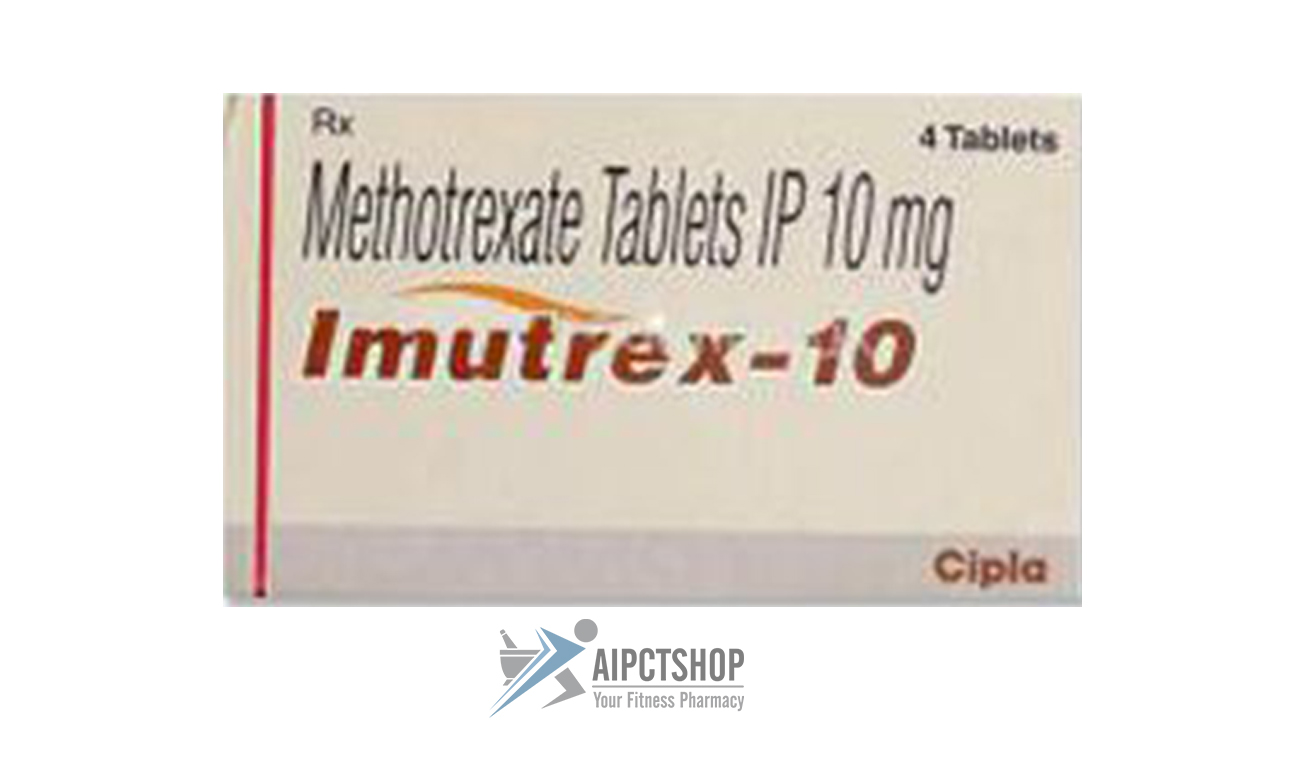
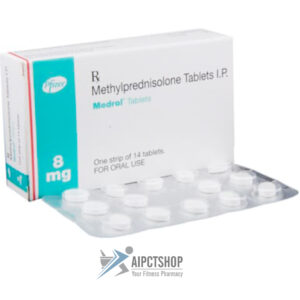
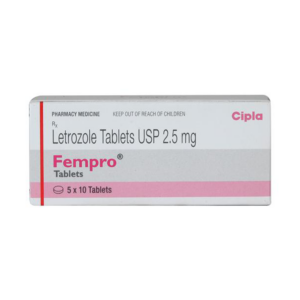


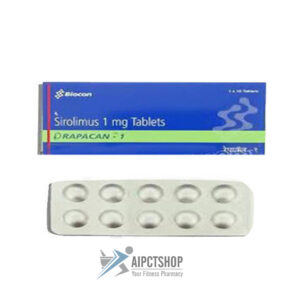
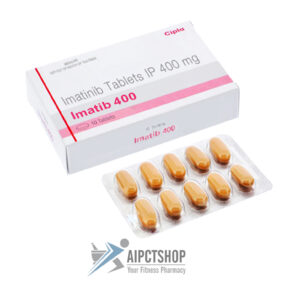
Reviews
There are no reviews yet